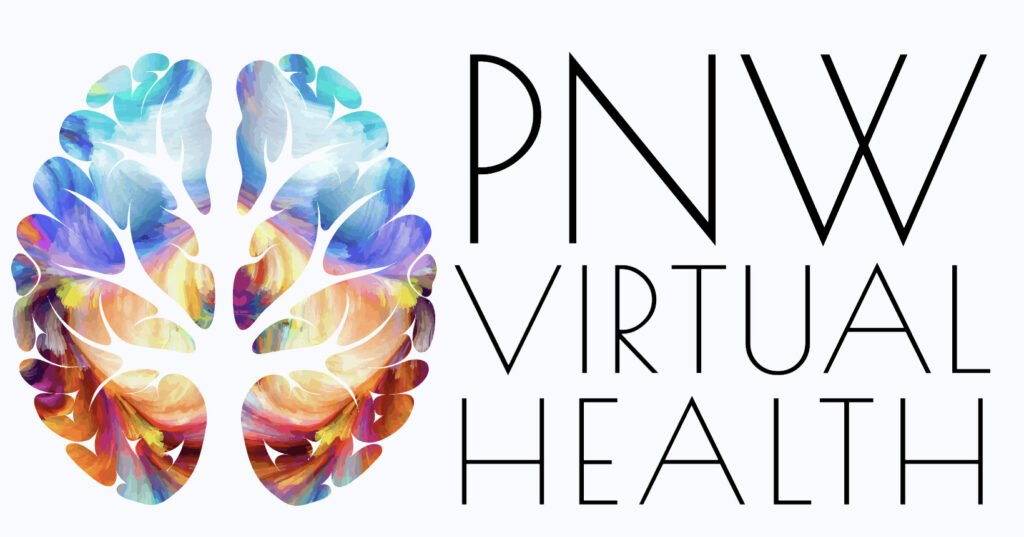Unchallenged myths surrounding ADHD fuel stigma, delaying diagnosis and access to life-improving support. Therefore, dispelling these misconceptions and fostering genuine understanding is crucial to acknowledge and validate the varied experiences of those living with ADHD, regardless of age, gender, or presentation.
Often reduced to simplistic stereotypes, Attention Deficit Hyperactivity Disorder (ADHD) is a complex neurodevelopmental condition recognized by the American Psychiatric Association. The typical image of a hyperactive individual fails to capture the diverse reality of ADHD, which includes significant challenges with executive function, impulse control, and emotional regulation that vary greatly among individuals. Accurate understanding is vital for effective support and management across settings like school, home, and work.
- Myth: ADHD is just a childhood disorder that people outgrow.
- Reality: ADHD is a lifelong condition, and symptoms can persist into adulthood. While hyperactivity might diminish in some individuals, inattention and impulsivity can continue to affect daily life.
- Myth: People with ADHD are lazy or not smart.
- Reality: ADHD can make it challenging to focus and organize, which can be misconstrued as laziness or a lack of intelligence. However, individuals with ADHD can be highly intelligent and creative, and they may have strengths in other areas.
- Myth: ADHD is caused by poor parenting.
- Reality: ADHD is a neurodevelopmental condition, meaning it’s rooted in the brain’s structure and function. While parenting styles can impact how symptoms are expressed, they don’t cause ADHD.
- Myth: ADHD only affects boys or children.
- Reality: ADHD affects both boys and girls, and it’s estimated that approximately 3% of adults worldwide live with ADHD. While boys are often diagnosed more frequently, this might be because their symptoms are more easily recognized or because girls’ symptoms can manifest differently.
- Myth: People with ADHD can’t ever focus.
- Reality: Individuals with ADHD can have intense focus, also known as hyperfocus, when they are interested in something. However, they may also struggle to focus on tasks they find boring.
- Myth: ADHD medication is a cure-all or is addictive.
- Reality: Medication can help manage ADHD symptoms, but it’s not a cure. It’s also not addictive when used as prescribed for ADHD.
- Myth: People With ADHD Are Always Up For An Adventure
- Reality: While it’s true that impulsivity, a core symptom of ADHD, can sometimes manifest as a desire for novelty and spontaneity, this is only one facet of a complex trait.
- Myth: People With ADHD Are Always On The Go
- Reality: Hyperactivity often presents differently in adults with ADHD compared to the overt restlessness seen in children. Many children with ADHD, particularly girls, learn to mask their hyperactivity over time, which can then manifest as internal, mental hyperactivity.
- Myth: Everybody Has ADHD These Days
- Reality: Increased awareness and online discussions about ADHD have unfortunately fueled the misconception that the condition is over diagnosed, leading to the belief that “it’s easier than ever to get diagnosed with ADHD.” Diagnosing ADHD involves rigorous assessments based on established clinical criteria and is not a casual process. Increased diagnoses likely reflect greater awareness and more individuals seeking necessary support.
- Myth: ADHD can’t be cured
- Reality: Neuroplasticity means the brain can change.
- Myth: ADHD is a learning ability
- Reality: ADHD is a neurodevelopmental disorder, not a learning disability, according to the CDC.
These examples represent just some of the widespread misconceptions surrounding ADHD. Recognizing that ADHD is a treatable condition, we are committed to equipping the communities we serve with cutting-edge technologies, tailored and impactful treatment approaches, and a comprehensive range of resources to address the essential needs of individuals with ADHD.
